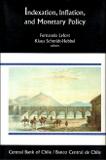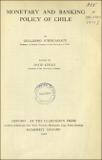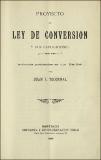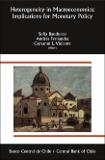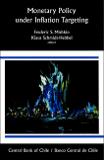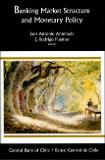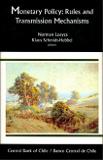Buscar
Mostrando ítems 1-10 de 39
Indexation, inflation, and monetary policy
Although indexation policies and practices are common in many markets and economies, their implications for market efficiency and price stabilization remain controversial. This book contributes to the literature on indexation and inflation by including nine articles that are at the research frontier ...
Estudio sobre la conversión metálica
En portada: Trabajo presentado al IV Congreso Científico (1.° Pan-Americano) celebrado en Santiago de Chile el 25 de diciembre de 1908.
Heterogeneity in macroeconomics: implications for monetary policy
There is important heterogeneity among households, firms, and banks; and the way shocks or policies affect these agents depends critically on that heterogeneity. There was a rapid surge in the awareness of academic researchers and policymakers of the nexus between heterogeneity and monetary policy, ...
Capital mobility and monetary policy
The papers that comprise the different chapters of this volume were presented in the XVII Annual Conference on Central Banking that took place at the Central Bank of Chile, Santiago, during November 14 and 15, 2011. While the global economic environment has changed considerably from the end of 2011 ...
Monetary policy under inflation targeting
Inflation targeting cum exchange-rate floating has become the framework of choice in countries pursuing an independent and effective monetary policy. Since its adoption by New Zealand (1990) and Chile (1991), central banks of nearly 25 industrial and emerging economies have implemented an explicit ...
Banking market structure and monetary policy
This volume contains several macroeconomic and microeconomic works on the subjects of monetary policy transmission and the regulation of the banking industry. The reason to consider both issues in the same volume lies in the fact that some channels whereby monetary policy reaches the real sector hinge ...
Monetary policy: rules and transmission mechanisms
Monetary policy must consider the bidirectional relationship between the economy and its central bank. It should therefore address two essential questions: first, how changes in the economy induce a reaction by the central bank, and second, how these policy changes are in turn transmitted to the ...

